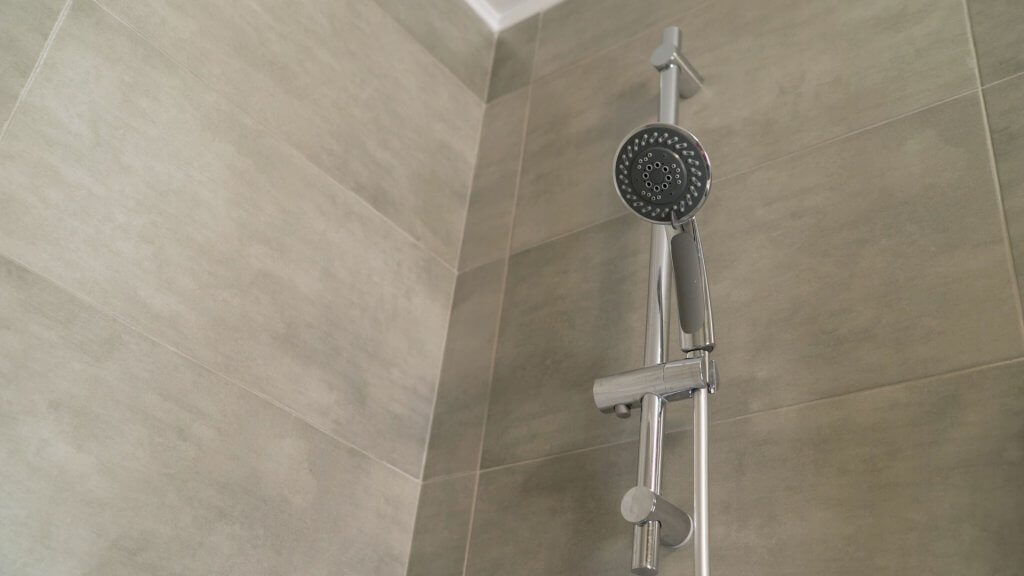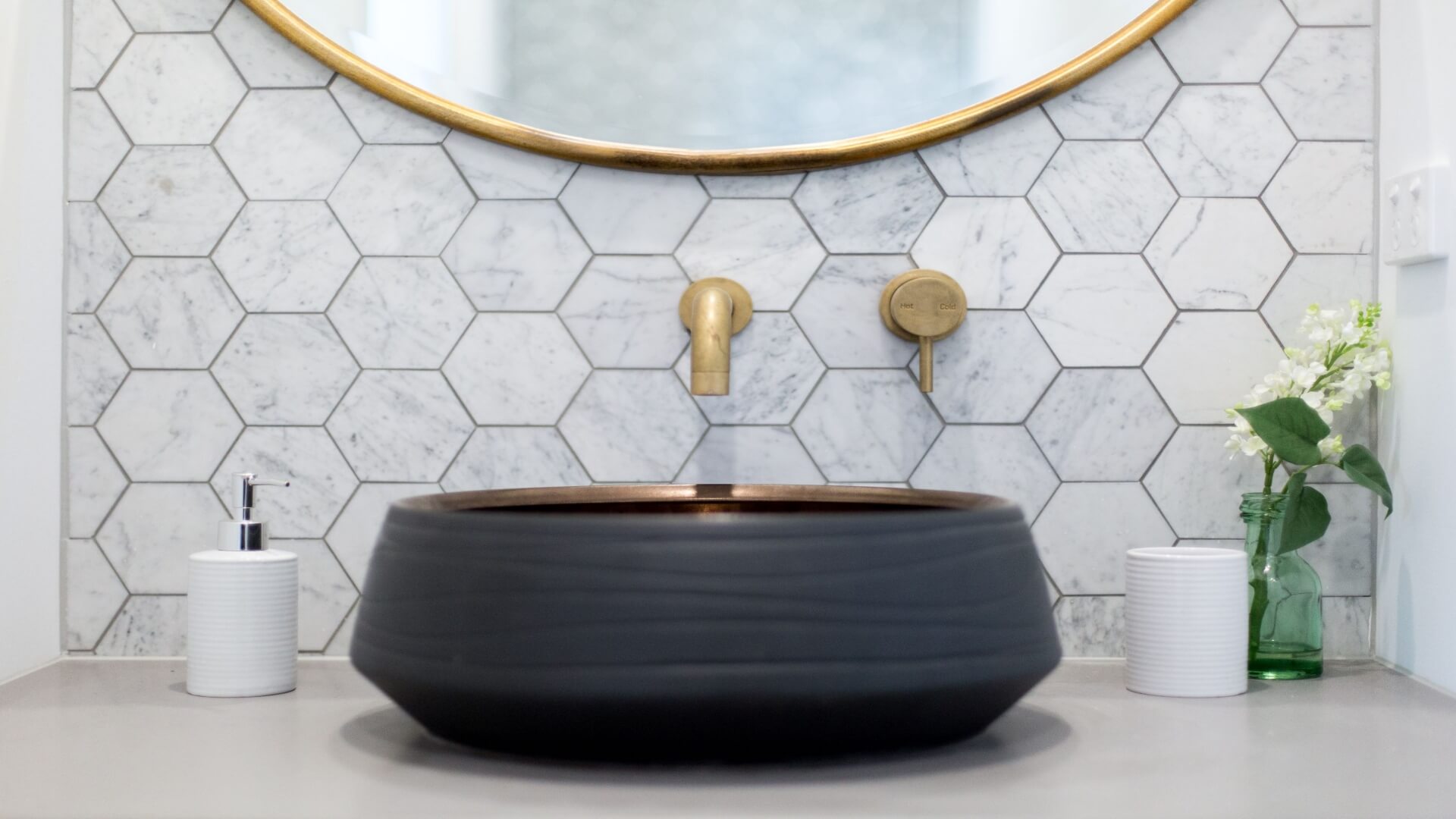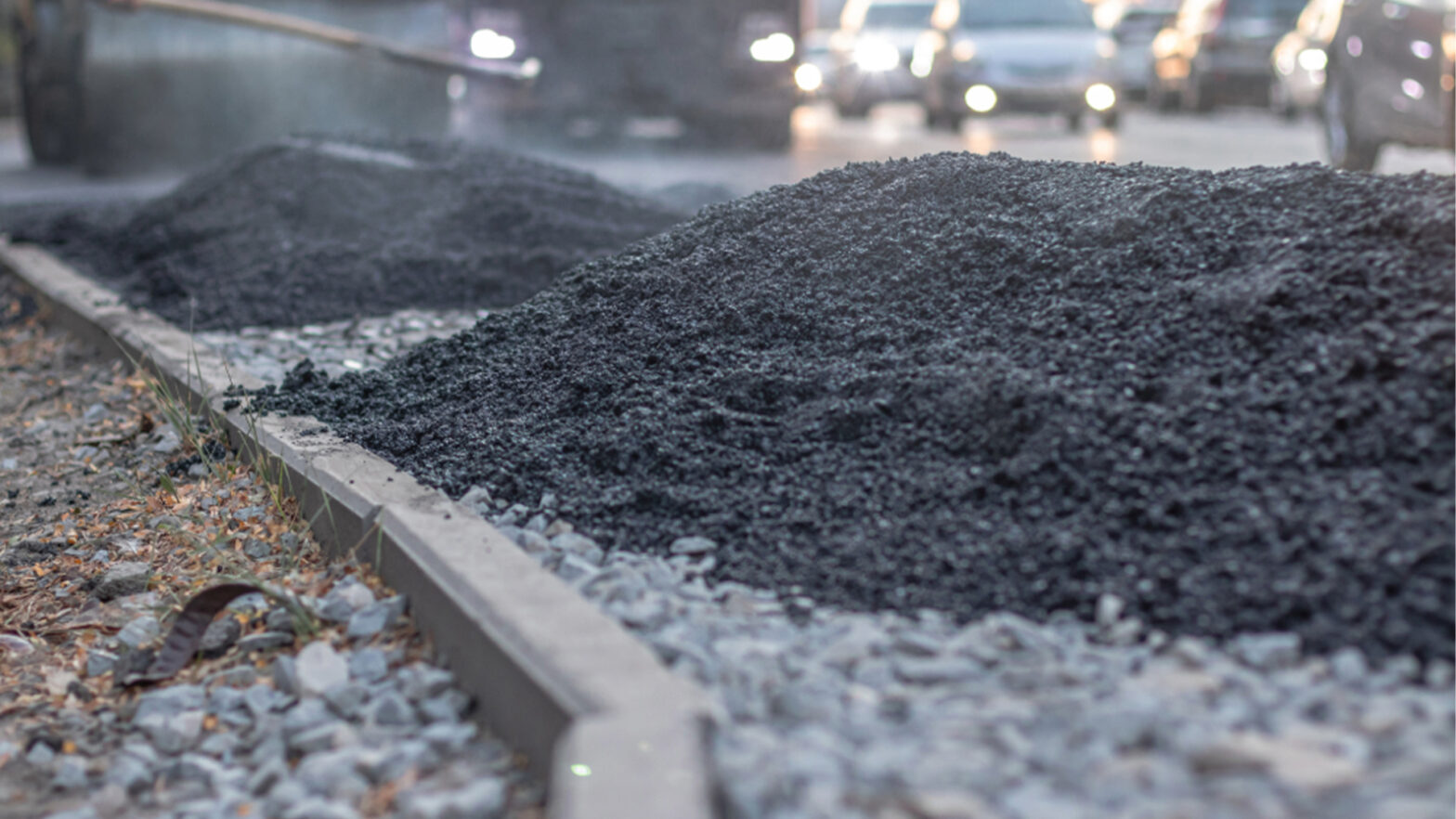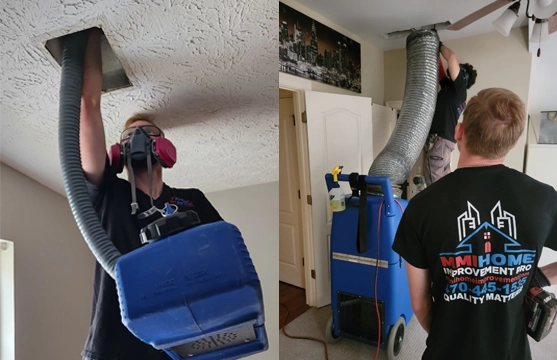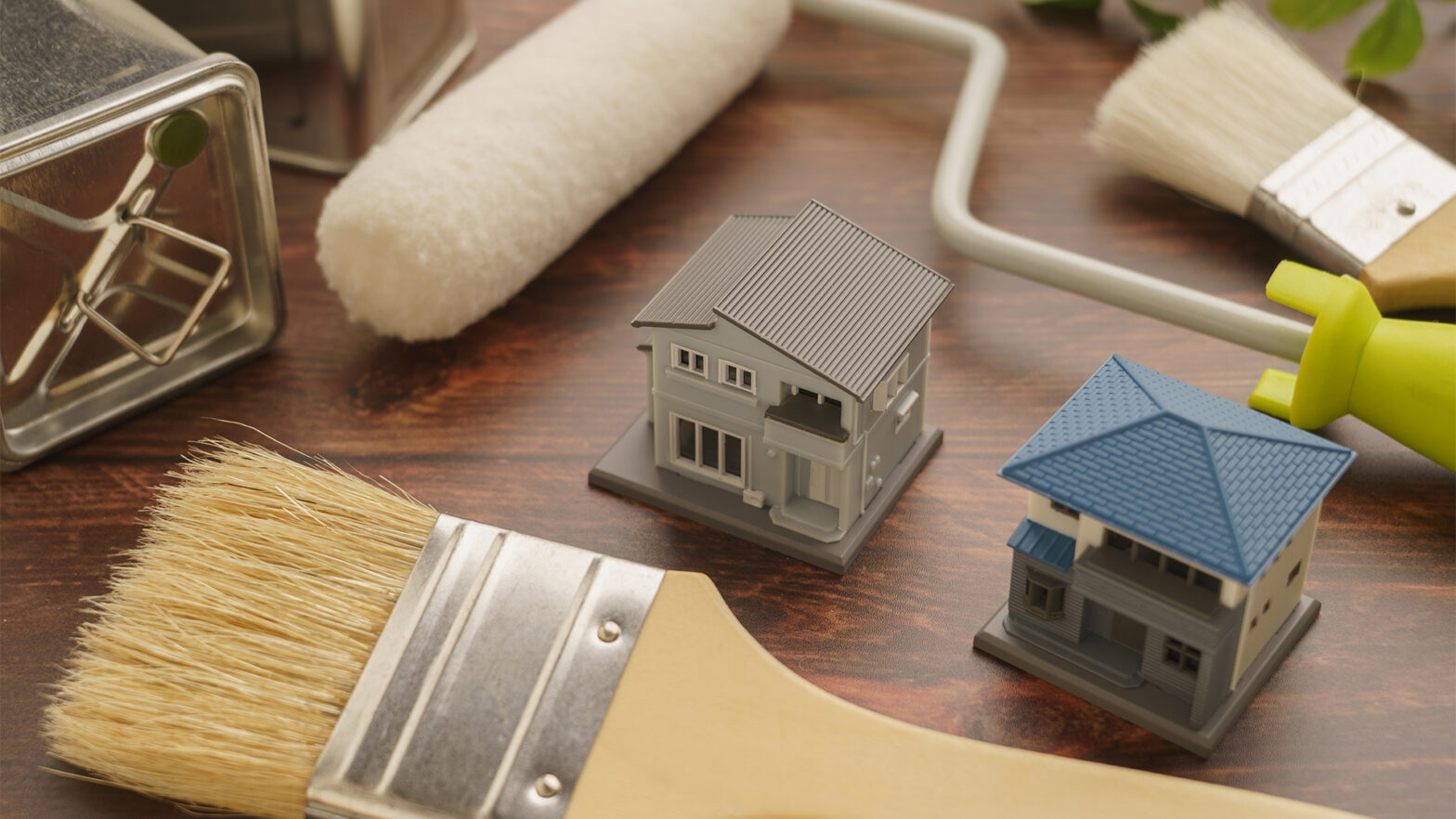If you’re considering upgrading your bathroom, one of the crucial decisions you’ll need to make is choosing wet wall panels or tiles. These two popular options are vital for both maintaining the aesthetic of your bathroom and preventing water from seeping into adjacent rooms.
Both are excellent choices but offer different benefits and present unique challenges. Thus, it’s essential to choose what works best for you. So, here’s a side-by-side analysis to help you make an informed decision.
Advantages Of Wet Wall Panels
1. Ease Of Installation
Compared to tiles, installing wet wall panels can quickly transform your bathroom without the usual mess and stress that accompany renovations. The installation process is simple. Just apply adhesive and stick the panel on the wall. It’s a straightforward way to achieve a new look, beneficial for those with a tight schedule or budget.
2. Waterproof And Soundproof
Another advantage of wet wall panels is their waterproof and soundproof nature. They can withstand moisture and prevent leaks from seeping into the wall behind. This feature ensures they maintain their brand-new look for longer. Plus, the bonus of soundproofing creates a quiet, serene bathroom atmosphere, an unexpected luxury that elevates your space.
3. Mould-Free And Easy To Clean
Wet wall panels offer an uninterrupted, mould-resistant surface, unlike tiles that can foster unsightly fungi in their grout lines. A bonus is the ease of cleaning—wiping them down is usually all it takes.
Disadvantages Of Wet Wall Panels
1. Best For Shower Cubicles Only
The prime disadvantage of wet wall panels is that they work best only for shower cubicles. Their seamless finish and waterproof qualities make them a star in this space, but they might blend differently from the rest of the bathroom.
While the panels can sometimes be used for bathroom walls, certain designs might be too short for high ceilings. It may limit your ability to rebuild your entire bathroom.
2. Limited Design Options
Another downside to consider is the limited choices available. Despite the range of options gradually expanding, you may still wish for more diversity in design and texture.
Wet wall panels often feature more modern and minimalistic designs than tiles, which might not suit everyone’s taste. This limitation could become a significant drawback if you’re after a unique or specific look for your bathroom.
3. More Expensive Than Tiles
Lastly, wet wall panels tend to be more expensive than tiles. The costs can mount up quickly when you consider purchasing, customising, and installing the panels. You can offset this by installing the panels yourself. But the initial outlay may still be more substantial than budget-conscious renovators may prefer.
While wet wall panels have these assets and downsides, tiles also have their own benefits and drawbacks. Check out below how bathroom tiles fare as an alternative.
Advantages Of Tiles
1. Ideal For The Whole Bathroom
Tiles are ideal for covering the entire bathroom, as they can be applied to both walls and floors and are resistant to the area’s high-moisture environment of the bathroom. They provide a consistent look throughout, tying together different sections and offering a harmonious aesthetic.
But tiles may be better for wider bathrooms. They could make a small bathroom feel more cramped.
2. Great Match For Classic Interiors
Traditional tile designs can infuse timeless elegance into your bathroom. They blend seamlessly with features such as pedestal sinks, clawfoot tubs, and ornate mirrors, enhancing the vintage vibe.
3. Various Shapes And Sizes
Another advantage of tiles is the variety of shapes and sizes available. Tiles offer endless design possibilities, from tiny hexagonal mosaics to large format slabs. You can mix and match to create unique patterns, making your bathroom a true reflection of your personal style.
Disadvantages Of Tiles
1. Time-Consuming To Install
The installation process requires precision and, thus, can be time-consuming. You need to set and grout each tile individually, which can extend the project timeline.
It’s not just a case of laying the tiles. You must also wait for the adhesive to dry and the grout to cure. This situation may lead to your bathroom being out of action for a while.
2. Costly Installation Fee
In addition, the installation of tiles can be costly. Due to the intricate process and the skills needed, you might need to hire a professional tiler. Their expertise adds a significant expense to your renovation budget, particularly if you want a complex design or have a large area to tile.
3. Maintenance Challenges
Finally, cleaning tiles can be challenging. Grout lines between tiles can attract dirt and mould, making maintenance tiresome. Regular scrubbing is necessary to prevent discolouration and mould growth that can detract from the beauty of your tiles. If you’re after a low-maintenance solution, this could be a factor worth considering.
In Summary
The best choice largely depends on your preferences, design goals, and budget. So, it’s worth taking the time to make a decision that’ll ensure your satisfaction each time you enter your bathroom.
Wet wall panels can offer a quick, soundproof, and easy-to-clean solution, ideal for shower spaces. Conversely, tiles lend themselves to full bathroom designs with diverse shapes, sizes, and timeless appeal. Be sure to evaluate these pros and cons and make the choice that you’ll be most comfortable with.
